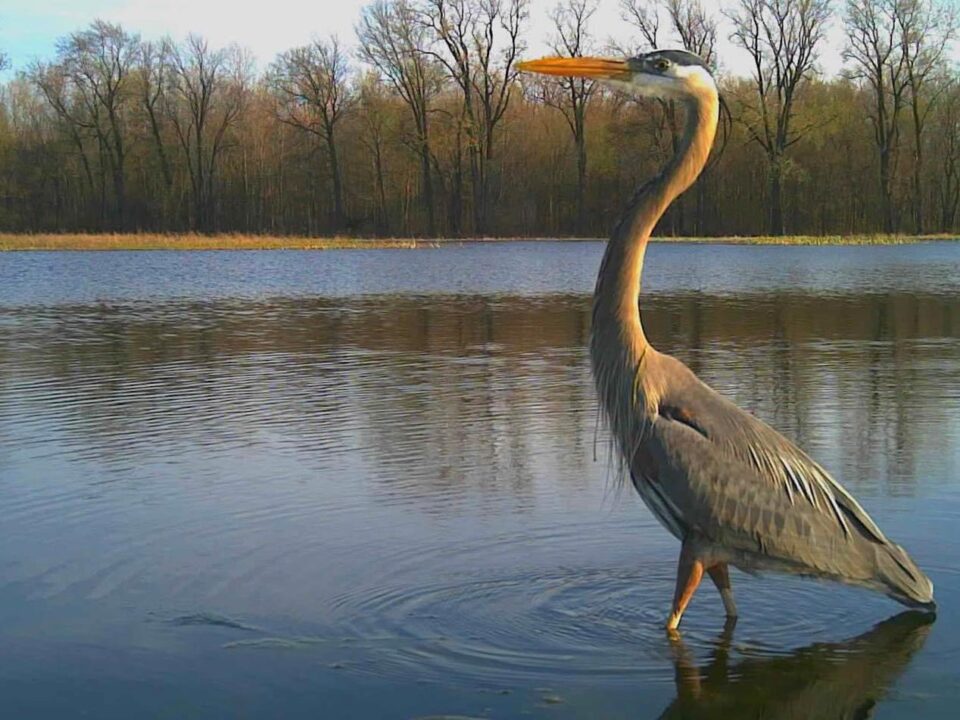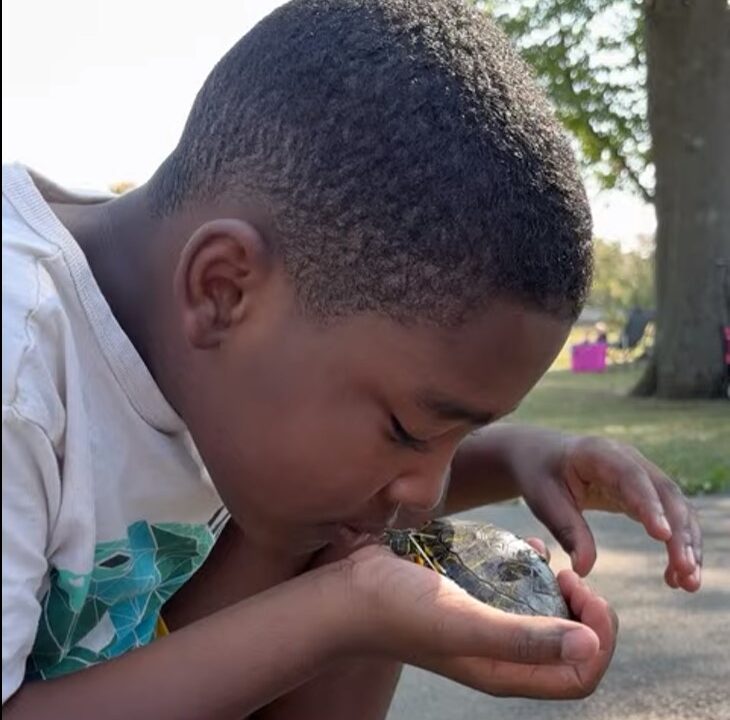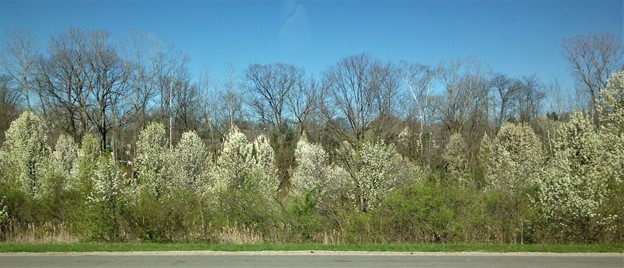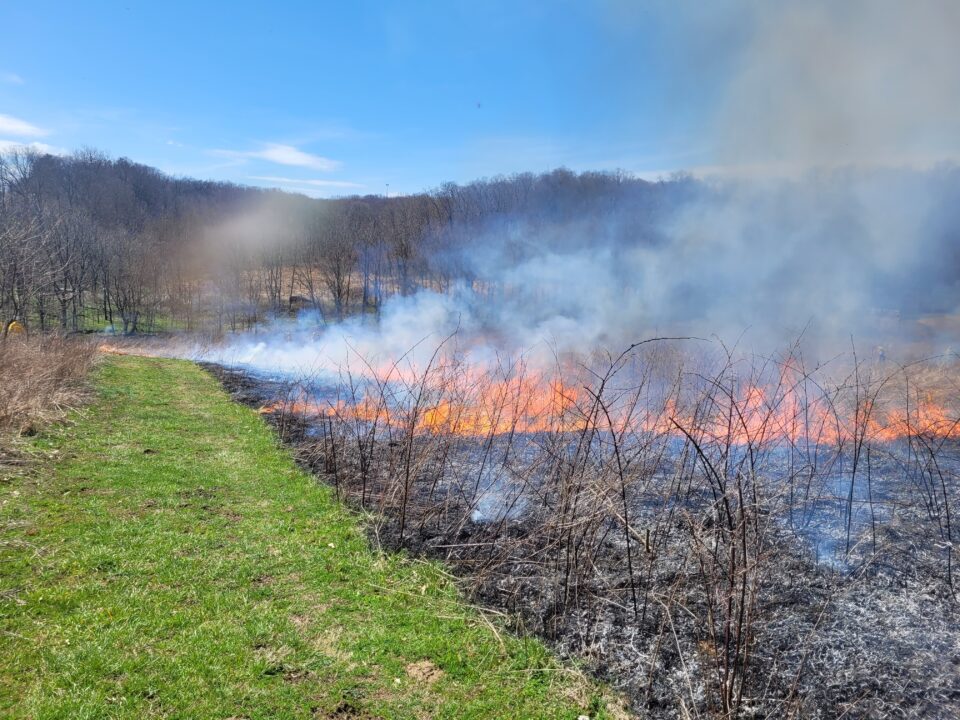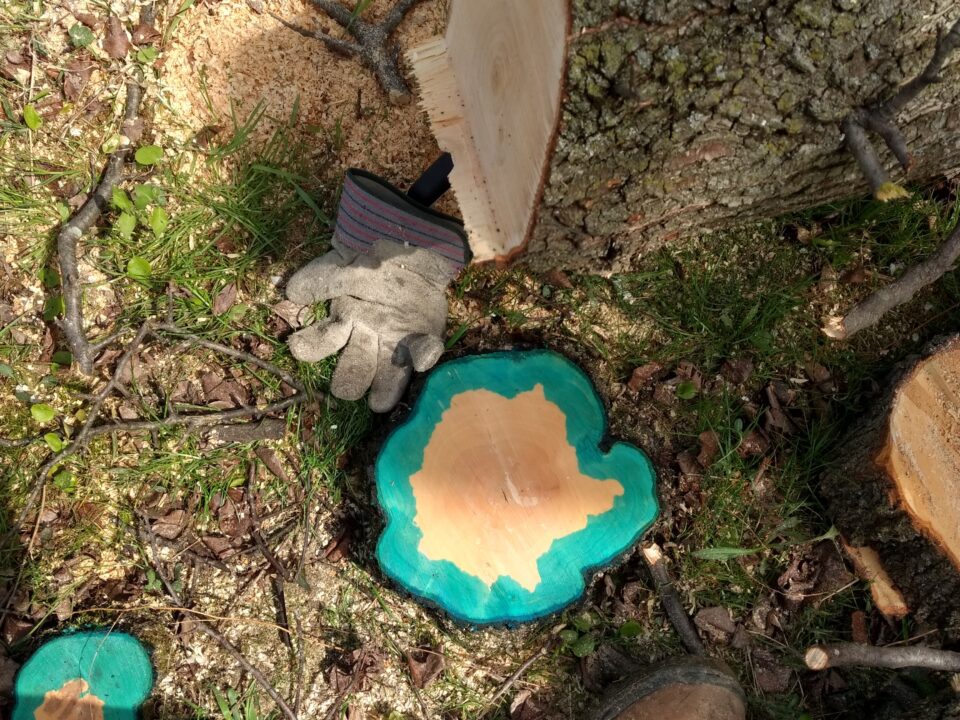January 5, 2025
December 27, 2024
December 18, 2024
At MAD Scientist Associates, educating others on the value of wetlands, biodiversity, and other natural resources, is part of our mission. We consider ourselves lucky to have opportunities and partnerships with local municipalities, parks, and education-centered organizations. We couldn’t do programs like Frog Friday or Wetland Wednesdays without support from communities that value wetlands. Also, as a woman-owned business we want to highlight other women working in our field, and have started hosting Women in Science events. Since 2023, we’ve had over 20 professionals from around the state participate as panelists. Our hope is for students and community members will have exposure to careers in ecology and environmental science, and build a network of women scientists across the state. Whether it’s a tabled vendor space […]
December 13, 2024
Partnering with local groups to support the common goal of clean water and preservation of natural resources has always been important to us, at MAD. We are pleased to have many years of service with Friends of Alum Creek and Tributaries (FACT), who lead the charge in maintaining and advocating for Alum Creek, a large tributary to the Scioto River. This year, we were selected as their Founder’s Award recipient. We appreciate the work FACT does and plan on many more years of service together. Thank you for the recognition!
February 27, 2024
By: Cody Wright March 1, 2022 This iconic suburban tree has come to be known by many different trade names throughout the years: Bradford Pear, Cleveland Select, Metropolitan Pear. Yet they all derive from one species native to China—the Callery Pear (Pyrus calleryana). This NNIS was introduced to the U.S. in the mid-1900s as an ornamental street and yard tree and quickly gained popularity for its bright white, early spring blooms and colorful fall foliage. Through selective cultivation, multiple sterile cultivar types were created and mass produced for public purchase. According to Dr. Theresa Culley, Professor and Head of the Department of Biological Sciences at the University of Cincinnati, “It is not the cultivar itself that is invasive, per se, but rather the problem arises […]
October 26, 2023
We are pleased to announce the addition of a new (to us) land management service – Prescribed Fire! Our Prescribed Fire Managers and trained line crew have gained valuable experience over hundreds of acres while volunteering on prescribed burns in Ohio and Michigan, and we are dedicated to providing this service in the safest manner possible you’d like to talk about burning opportunities, please contact HERE or call us at 614-818-9156.
January 7, 2022
Between April 14 and November 4, 2021, our skilled team of technicians removed woody invasive species on a roughly 45-acre area within Rocky Fork Metro Park. Targeted species included Callery Pear (Pyrus calleryana), Autumn Olive (Elaeagnus umbellata), Bush Honeysuckle (Lonicera maackii), Multiflora Rose (Rosa multiflora), Privet (Ligustrum spp.), and Tree-of-Heaven (Ailanthus altissima). Initial site management was completed in the spring using a cut-stump method to fell the largest trees and shrubs in the project area. Chainsaws were utilized for larger specimens, and a brush-cutter was employed to efficiently raze small and medium sized vegetation in dense clumps. Cut stems were treated using a mix of the aquatic-approved triclopyr product, Garlon 3A, as well as an aquatic-safe, non-ionic surfactant and blue tracker dye. This herbicide mix […]



